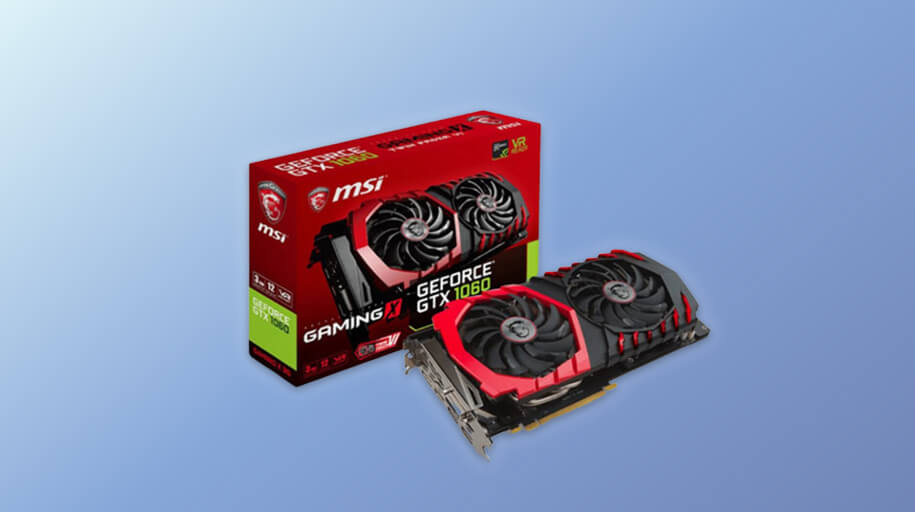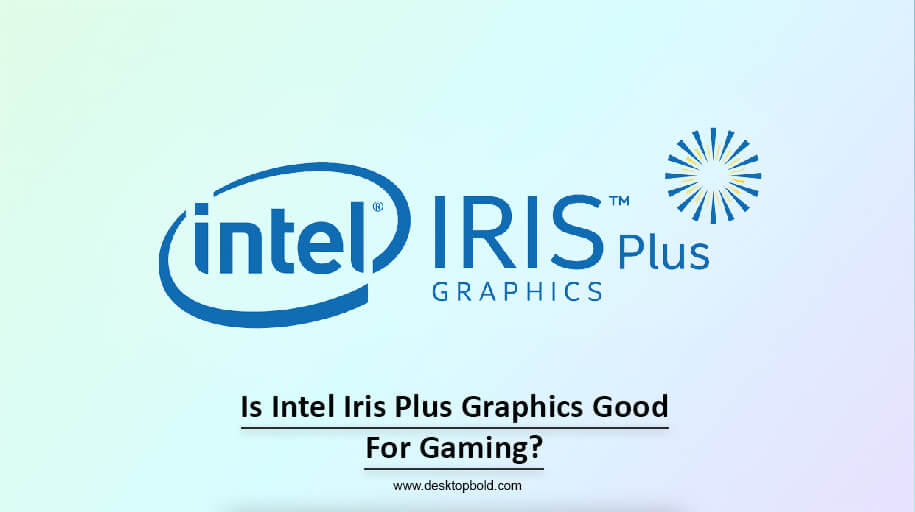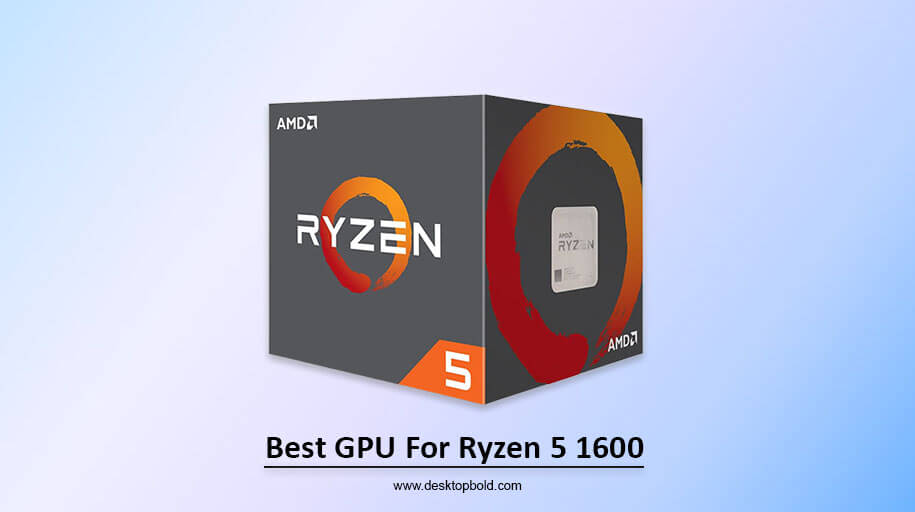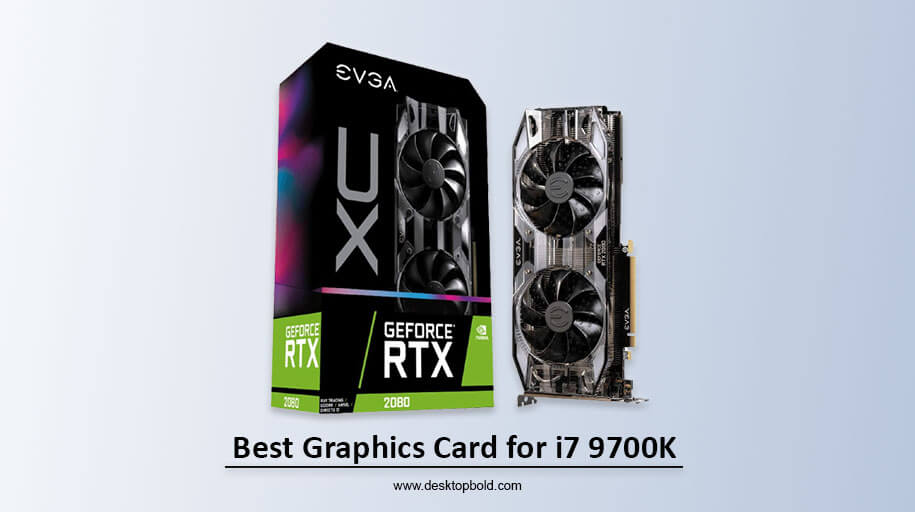Before comprehending this, you must understand what “rendering” means. Essentially, it transforms raw 2D or 3D data into an easily accessible form of information, such as a picture or a video. Put, graphics processing unit rendering refers to all the graphical operations performed by the GPU to “render” images or frames on your screen.
The process may go forward much faster when a graphics card is used instead of a central processing unit (CPU) for rendering. Graphics processing units (GPUs) were developed to solve the problem of visually intensive programs slowing down CPUs.
The central processing unit (CPU) can perform several sequential serial processing operations. In contrast, the graphics processing unit (GPU) renders using a single set of instructions performed across several cores on various data.
Today’s graphics cards all utilize a rendering technique called rasterization, which is very fast but excludes complex optical effects like lighting and shadows. Moreover, a thorough understanding of what is force GPU Rendering. Requires an in-depth study of the topic. So, scroll down to learn all about it.
What does Force GPU Rendering mean?
A graphics processing unit (GPU), or a graphics card, is a hardware component with features designed to work with how 3D game engines run their programs. This includes support for geometry design and processing, image restoration, memory management, and algorithms. There is some connection between the inner workings of 3D engines and the way GPU developers create their hardware.
A graphics processing unit (GPU) is a computer component comparable to a central processing unit (CPU). Still, its primary function is to render visual content for the user rather than execute mathematical operations or manage the computer’s operating system or hardware.
GPU Rendering automatically creates two- or three-dimensional visuals from a model using the Graphics Processing Unit. As a procedure, it involves reducing the detail in a given data set, such as when 3D objects are converted to 2D graphics.
The CPU can process the graphics instructions, but doing so may cause it to divert its attention from other, more crucial tasks in the system and thus cause it to slow. GPU Rendering is implemented. As a result, it frees up CPU resources for the functions essential to the OS’s continued smooth operation.
How does GPU Rendering work?
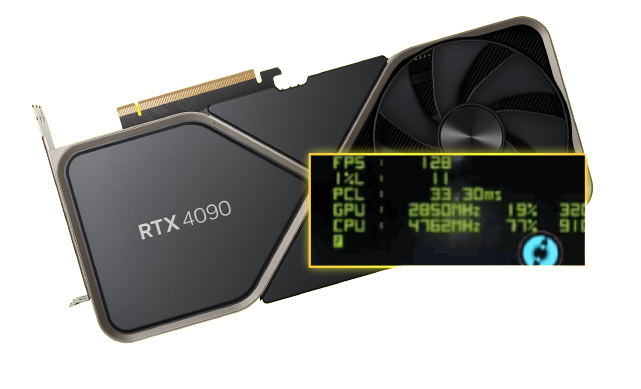
Because GPUs are optimized for processing visuals related to 3D gaming, animation, and rendering, they take the graphical instructions from the CPU and provide significantly higher quality results than what the CPU returns.
It splits up a single set of instructions among numerous cores and data to keep a single process running in parallel. Removing the need for the CPU to execute graphics-related instructions frees up the central processing unit to devote more resources to other tasks inside the operating system, enhancing overall system performance.
What is the key difference between GPU & CPU Rendering?
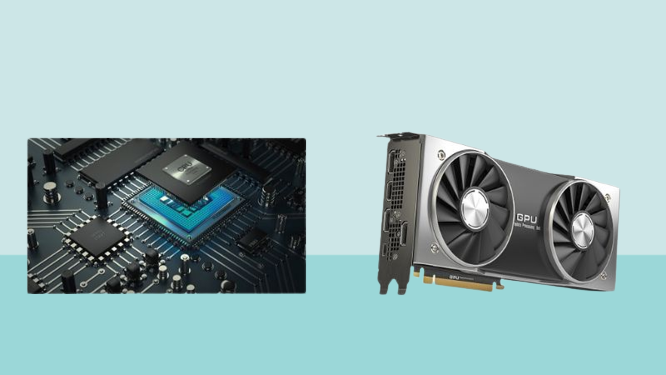
Our main concern is to answer the question: What is force GPU rendering? But knowing the key difference between CPU & GPU Rendering is also important as it will tell us which rendering options are better or GPU rendering and CPU rendering. Let’s talk about it too.
Whether a program has been handled by a central processing unit (CPU) or a graphics processing unit (GPU), its actual execution is the same. While the central processing unit excels at managing numerous threads simultaneously, the graphics processing unit (GPU) is noticeably quicker than the CPU at managing some graphics-related activities.
CPU Rendering
CPUs are versatile but can’t support running numerous programs simultaneously. It’s also possible that the final product won’t be as efficient as what GPUs can create when processing graphics-related activities. Since central processing units (CPUs) excel at executing a single thread at a time, the increasingly complex codes of current games make it impractical to depict them using a CPU.
Most programmers have greater experience with CPU programming. Therefore, writing programs for CPU rendering may be simpler than writing instructions for GPU rendering. The central processing unit (CPU) is less power efficient than the graphics processing unit (GPU). Therefore it consumes more energy to produce the same amount of output while also increasing the delay.
Because the central processing unit (CPU) can directly read and write to main memory and hard drives, the system memory may be made larger without increasing the system’s price tag. While traditional CPU rendering requires more time to interpret graphical instructions, the resulting high-quality pictures may be more useful in architecture.
GPU Rendering
Force GPU Rendering would give superior results over CPU rendering since GPUs are optimized for rendering high-resolution pictures and video in parallel. Compared to CPU rendering, recent game codes are easily handled by GPU rendering and can create results faster. This is because GPUs are optimized for processing numerous processes in parallel on different data.
When generating complicated scenarios, the GPU may encounter interaction problems when the system uses the same graphics card for rendering and display or when it needs to be more memorable. Most developers need a deeper understanding of GPU programming and its architectures.
Although CPU rendering takes longer, rendering using a GPU saves electricity and time. The CPU is needed for any interaction because the GPU can’t talk to the HDD or main memory. Because the Graphics Processing Unit’s memory allocation is fixed and cannot be increased on the fly, problems arise when a single graphics card is used to render and display complicated scenarios.
The need for new graphics cards is postponed until the current graphics card ceases, supporting the most recent upgrades of graphics card drivers since GPUs rely on driver updates to guarantee compatibility with new hardware. As computing power rises, the price of the necessary hardware drops. Scenes generated using GPU rendering, optimized for handling complex graphics-intensive procedures, might benefit the VFX (Visual Effects) sector more.
GPU Renderer Processor
The principles of light physics, mathematics, and visual perception inspired the development of the GPU Renderer application. GPU Renderer is short for graphics processing unit renderer and may also be called a GPU-accelerated renderer.
The market for GPU renderers is growing in parallel with the growing popularity of GPU rendering. Some GPU Renderers are already on the market, allowing users to toggle between CPU-based and GPU-based rendering with a single mouse click.
When to Enable GPU Rendering?
What is the use of force GPU rendering? And when to enable it is also a primary concern of this article. Find out this, too, in the content below.
If you want to free up your device’s CPU to do other system-level tasks, you may enable Force GPU Rendering. This offloads the window components like buttons, text, and 2D graphics computations to the GPU.
To improve the responsiveness of your device and the quality of your UI animation rendering, turn on the Force GPU Rendering option. If you enable force GPU Rendering on your device, the user interface (UI) will look and feel more polished, and the frame rate will increase while working in 2D apps, but your battery life may decrease.
Since the graphics processing unit (GPU) is now drawing power from the battery, it stands to reason that your device’s battery life would decrease compared to when just the CPU was doing so. GPUs use more power than CPUs; therefore, setting Force GPU rendering will reduce your battery life by around 10-15%.
You now know what happens when you turn on force GPU Rendering. Thus, doing so is a good idea, even on devices with a lesser CPU. If your device’s operating system has less than four processing cores, keep the Force GPU Rendering option always active.
However, Force GPU Rendering is only helpful for 2D and not 3D graphics programs. One advantage of most device releases is that they don’t interfere with 3D applications and instead use Force GPU Rendering for 2D games that don’t already utilize it. Ultimately, it’s up to you to weigh the pros and downsides before deciding whether or not to disable battery life on your device by enabling force GPU Rendering.
Did you find your answer on the above content related to the concern of what is GPU rendering is and what the use of force GPU rendering? If yes, then let’s come to an end.
Conclusion
A “GPU Rendering” process uses the Graphics Processing Unit to convert high-dimensional graphical instructions into low-dimensional visual data. Using the software, this method uses a graphic processing unit (GPU) to mechanically produce 2D or 3D pictures of the model.
Since GPUs were explicitly designed to handle the graphics processing demands of industries like gaming, animation, and rendering, they can offload these tasks from the central processor unit (CPU) and offer superior results.
For graphics processing unit (GPU) rendering, see GPU Renderer (or GPU Render Engine). A renderer is a piece of software built on the foundations of the laws of physics, the psychology of seeing, and the mathematics of rendering. It also has some drawbacks, as it decreases battery timing by 10 to 15%. But all other uses will be worth using GPU Rendering.
Hopefully, All the above content has resolved all your queries regarding GPU rendering.

